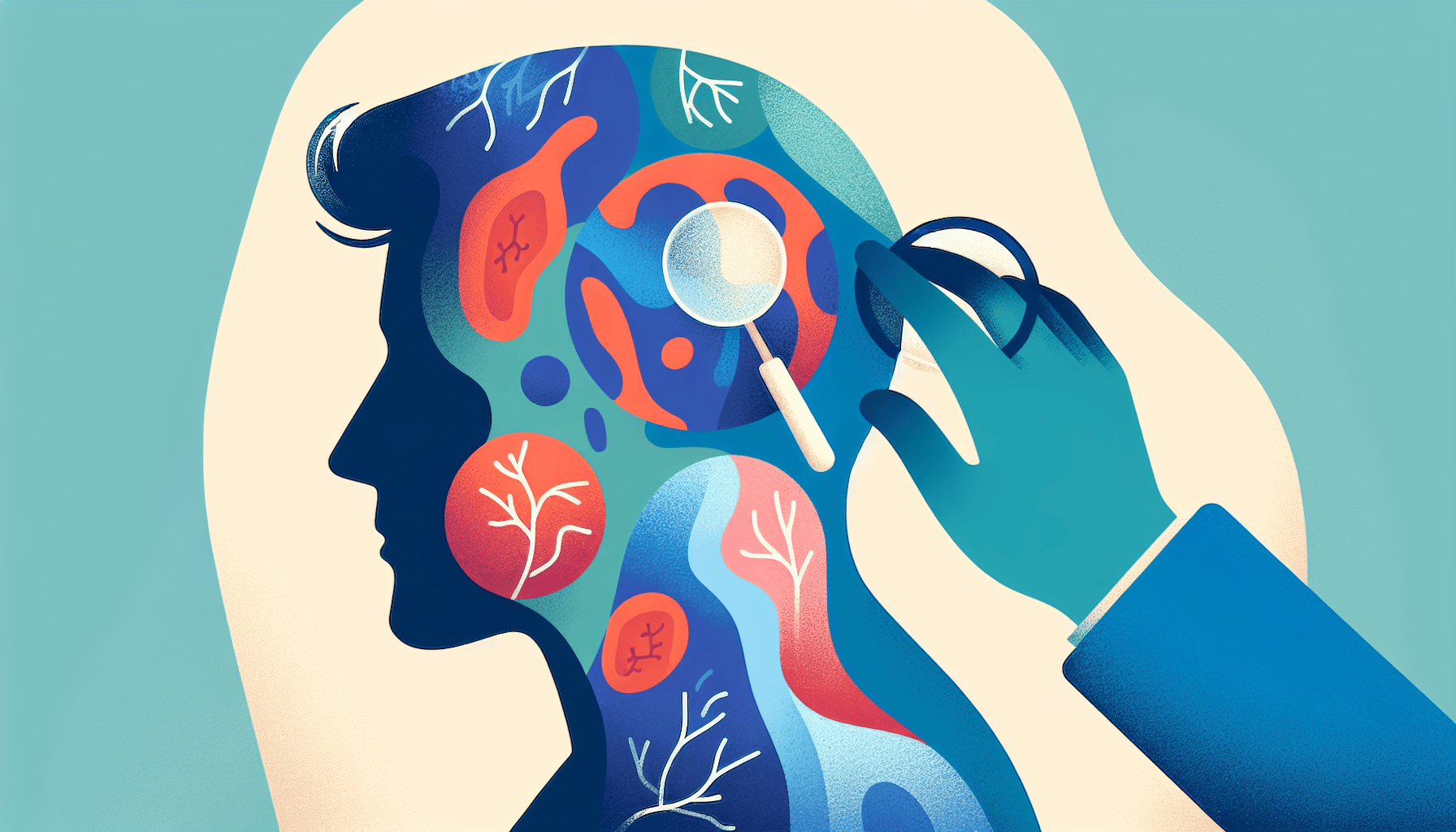Does Gabapentin Help with Sciatica?
Sciatica can cause sharp pain that shoots down your leg, making simple tasks hard. Many people wonder if gabapentin, a common medication, can ease this pain. This article [...]
Read More
Medically reviewed by Abhijit Bhattacharyya | MD, PhD, MBA, Tufts University School of Medicine - Miami, Florida on September 30th, 2023.
Neurofibromatosis is a genetic disorder that affects the nervous system, causing tumors to form on nerve tissues. There are three main types of neurofibromatosis: neurofibromatosis type 1 (NF1), neurofibromatosis type 2 (NF2), and schwannomatosis. In this article, we'll explore the symptoms, causes, diagnosis, and treatment options for each type of neurofibromatosis.
Neurofibromatosis is a genetic disorder that primarily affects the growth and development of nerve cell tissue. The most common types are NF1 and NF2, while schwannomatosis is a rarer form. NF1 is also known by various names, including Recklinghausen disease and von Recklinghausen's neurofibromatosis.

Multiple cafe au lait spots (patches of tan or light brown skin)
Neurofibromas (soft, fleshy growths) on or under the skin
Freckles in the armpit or groin area
Lisch nodules (tiny growths in the iris of the eye)
Bone deformities, such as scoliosis or bowed legs
Learning disabilities
Hearing loss
Weakness of facial muscles
Dizziness and poor balance
Early-onset cataracts
Pain from enlarging tumors
Numbness and tingling in fingers or toes
Weakness in fingers and toes
Chronic pain
Neurofibromatosis is often inherited, but about 50% of newly diagnosed cases have no family history of the condition. This is due to sudden mutations in specific genes:
NF1: Mutation of the NF1 gene on chromosome 17
NF2: Mutation of the NF2 gene on chromosome 22
Schwannomatosis: Mutations of the SMARCB1 and LZTR1 genes
Neurofibromatosis is diagnosed using a combination of physical examination, medical and family history, imaging tests (X-rays, CT scans, MRI), biopsies, and genetic testing. Specific diagnostic criteria exist for each type of neurofibromatosis, based on the presence of certain symptoms and features.
There is no cure for neurofibromatosis, and treatment focuses on managing symptoms. Options may include:
Surgery to remove problematic tumors
Chemotherapy or radiation for malignant tumors
Physical therapy and counseling
Pain management
Stereotactic radiosurgery
Auditory brainstem and cochlear implants
Complications of neurofibromatosis vary depending on the type and severity of the condition. They may include neurological problems, skeletal issues, vision and hearing loss, cardiovascular problems, and an increased risk of certain cancers. The outlook for individuals with neurofibromatosis depends on the type and the age at onset, but many people with NF1 can lead full and productive lives.
For more information on neurofibromatosis, visit the Children's Tumor Foundation, the Neurofibromatosis Network, or the National Institute of Neurological Disorders and Stroke.
Sciatica can cause sharp pain that shoots down your leg, making simple tasks hard. Many people wonder if gabapentin, a common medication, can ease this pain. This article [...]
Read MoreBack pain is one of the most common health complaints, affecting millions of people worldwide. If you have back pain, you might have heard about gabapentin as a possible [...]
Read MoreIf you take gabapentin, you might wonder if it will show up on a drug test. This question matters for many people, whether it’s for work, sports, or legal reasons. Gabapentin [...]
Read More